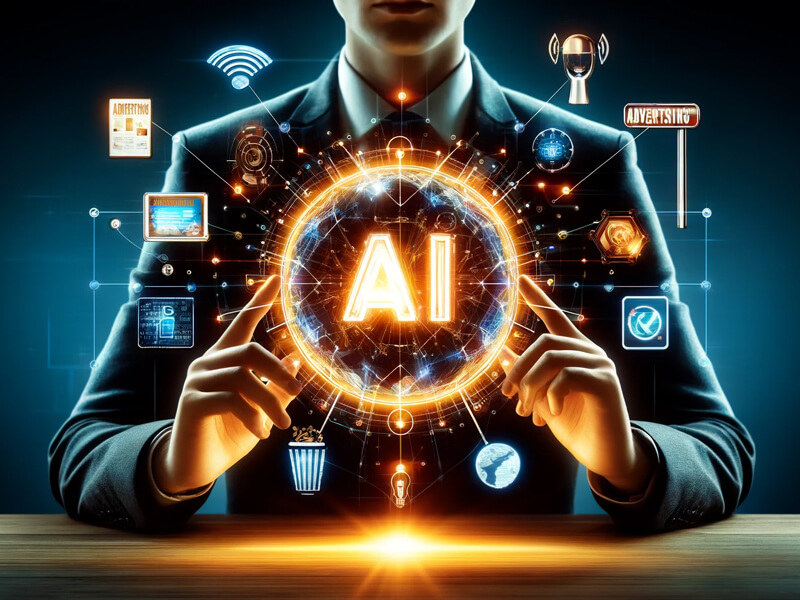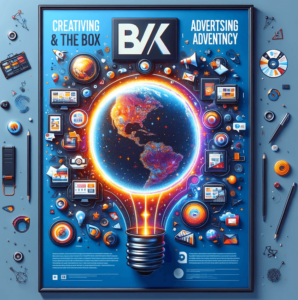Simple Ways to Effectively Use AI for Your Marketing Job
BVK

“AI won’t replace humans. Humans using AI will.” – Unknown
Introduction
Artificial Intelligence (AI) has slowly, subtly woven itself into our digital existence. For years, even before it became the buzziest of buzzwords, AI-powered tools like chatbots and predictive text have been a part of our online interactions.
It wasn’t until the recent advent of sophisticated language models like ChatGPT, Google’s Bard, or Microsoft’s CoPilot, that AI truly captured the public’s attention. These tools aren’t just incrementally better than the chatbots of the past; they’ve transformed our digital dialogue, making conversations with a machine feel nearly as natural as with a colleague.
Understanding AI: Its Strengths and Limitations in Marketing
To better understand where AI is today, and how it can help you in your daily work life, let’s dissect AI’s capabilities to appreciate its potential and recognize its boundaries.
Here’s What AI Is Good At:
- Crafting engaging copy: From website content to headlines to social media posts, AI can generate creative, contextually relevant language that resonates with audiences. The more detailed inputs you give it (a detailed summary of your target audience, for example) the better output you receive.
- First drafts & outlines: You can provide a data dump of what you’re trying to accomplish, and AI can recognize patterns and themes that provide a good first-draft or outline for marketing campaigns, reports, and presentations.
- Parsing and summarizing: AI doesn’t bat an eye at a 100-slide deck or a voluminous research report. It can turn volumes of data into concise, actionable insights, highlighting trends and patterns, in just a few seconds.
- Predictive analytics: AI models can forecast consumer behavior, optimizing campaign timing and targeting.
- Mimicry: Because AI is trained on human speech and communication, it’s excellent at mimicking specific speech or writing patterns. You just need to ask.
Here’s What AI is Bad At:
- Complex decision-making: AI lacks the human touch necessary for nuanced judgments.
- Emotional intelligence: While it can mimic human speech, AI doesn’t understand or feel emotions.
- Cultural nuances: AI may miss the subtle cultural contexts that can make or break national campaigns.
- Advanced calculations: AI’s understanding of intricate mathematics is not always foolproof, and its logic can be flawed.

The author asked ChatGPT to create an image for BVK that illustrates its creativity and outside-the-box thinking.
Simple Yet Effective AI Applications for Daily Marketing Tasks:
For those who have yet to dip their toes into the digital AI waters, consider these easy-to-implement methods for enhancing your efficiency:
- Data Extraction: Faced with a hefty marketing plan? Prompt AI to provide a concise summary, extracting key points relevant to social media strategies (or whatever vertical you’re working in), and actionable steps, saving you significant amounts of time wading through irrelevant information.
- Summarization: When dealing with extensive research, like numerous interviews, AI can distill common themes into a unified mission statement, aiding in crafting coherent brand messages.
- Concept Simplification: Struggling with complex topics? Ask AI to demystify them using simple analogies, making intricate concepts more accessible. Ask it to explain the concept so a fifth grader could understand it, or ask it to explain the topic in an easy-to-grasp sports analogy.
The new skill: Inputs
Along with this new technology has come a new skill (and even new jobs cropping up in the business world): Those who excel at writing creative inputs for AI.
Put simply, the more specific and creative you can be with your input, the better output you’ll receive from your AI tool. Also, in stark contrast to using a Google Search Bar to get information, the more conversational you can be, the better the output you’ll receive.
With AI, you can challenge it (“Try that again, but write in a more professional style”), give it a break (“read this document and digest its importance, then I’ll give you the next prompt”) and ask it questions (“Is there anything else that would be helpful to know before we continue?).
You can see how AI hasn’t replaced what we do in marketing. In fact, it may take longer to create a proper input than it took to write a report or a post in the first place! And the outputs it creates will still need some editing – the human touch. However, AI has been trained on human nature, habits and can detect patterns in human behavior better than we’ve ever seen before. Not utilizing its strengths would be a mistake.
Conclusion
AI can help augment our natural human creativity, helping us sift through data more intelligently, and equips us with insights we might not have noticed. In the hands of a skilled marketer, AI is not something to fear, but can be a powerful ally.
How will you use AI today to make yourself a better marketer?
